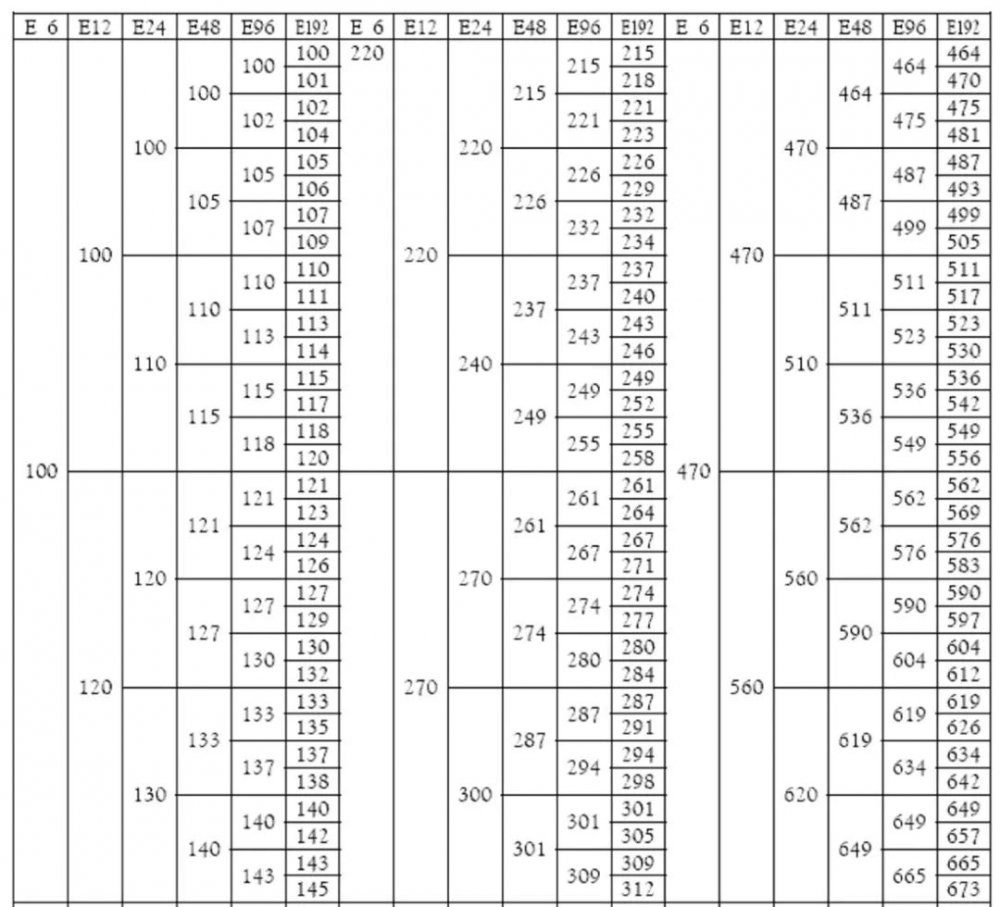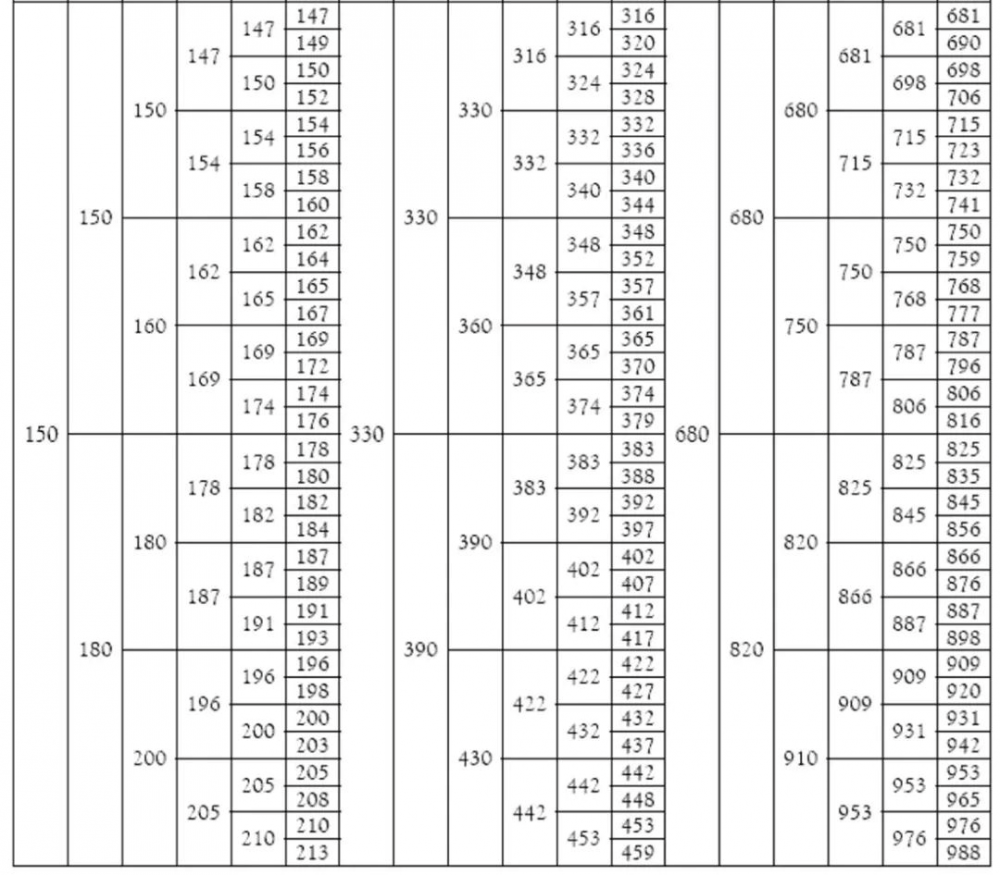If you're new to circuit design, you’ve probably scratched your head looking at resistor values. Why is 4.7kΩ a standard value but not 5kΩ? Wouldn’t it be easier to just use round numbers?
Turns out, there’s a brilliant reason behind this — and it’s not just a quirk of engineers loving weird numbers.
The World of E-Series: A Standardized Resistor Universe
Resistor values follow a standardized system developed by the International Electrotechnical Commission (IEC). These aren't just random picks — they’re part of a logical system known as the E-series.
Each E-series (like E6, E12, E24...) divides each decade (e.g., 10Ω to 100Ω) into a fixed number of values spaced exponentially.
For example:
E6: 6 values per decade, with a ratio (common ratio) of about 1.5
E12: 12 values per decade, with a ratio of approximately 1.21
That’s why you see values like 4.7kΩ instead of 5kΩ — because 4.7kΩ is part of the E12 series.


Why Exponential? Why Not Just Add 10Ω Each Time?
Good question. It all comes down to tolerance and manufacturing practicality.
Let’s say you have a resistor marked as 100Ω ±10%. That means the actual resistance can be anywhere between 90Ω and 110Ω. If you also manufacture a 105Ω resistor with the same ±10% tolerance, it overlaps with the 100Ω range — making it redundant.
Instead, the next meaningful step is 120Ω, whose range (108Ω–132Ω) barely overlaps. Hence, we jump in larger steps — spaced exponentially — to minimize overlap and maximize coverage.
This approach:
Reduces the number of resistor types that need to be manufactured
Lowers costs on the production line
Simplifies inventory and design selection
Real-Life Analogy: Currency, Pens, and... Resistors
Still confused? Let’s take it out of the lab:
Money: You have 1, 2, and 5 units — not 3s and 4s. Why? Because 1, 2, 5 can be combined easily to form 3, 4, 6, 7, 8, 9, 10.
Mechanical pencils: You’ll find leads in sizes like 0.3, 0.5, 0.7 mm — also spaced exponentially.
Same with resistors: using a few exponentially spaced values lets engineers cover a wide range efficiently, consistently, and affordably.
The Hidden Genius of the Resistor System
So next time you spot a 4.7kΩ resistor on a PCB, know this: it’s not weird — it’s mathematically elegant.
By following exponential steps, engineers can:
Predict the combined error in complex circuits
Choose values that work within tolerances
Keep inventory lean without sacrificing function
Resistor values aren’t random. They’re just quietly smart.
Wrap-Up
From design and manufacturing to real-world application, standard resistor values are a perfect mix of math, engineering, and economics. So don’t curse the 4.7kΩ — embrace it. It’s saving someone time, money, and a headache somewhere.


 MCU Solutions
MCU Solutions PCBA Solutions
PCBA Solutions Bluetooth Solutions
Bluetooth Solutions
 FAQ
FAQ Contact Us
Contact Us
 Company News
Company News Technology News
Technology News Industry News
Industry News PCBA News
PCBA News
 Company Profile
Company Profile Certificates
Certificates Terms & Conditions
Terms & Conditions Privacy Statement
Privacy Statement
 Home Appliances
Home Appliances Beauty Appliances
Beauty Appliances Lighting
Lighting Kid's Toys
Kid's Toys Security Alarm
Security Alarm Health Care
Health Care




 More information?
More information?






